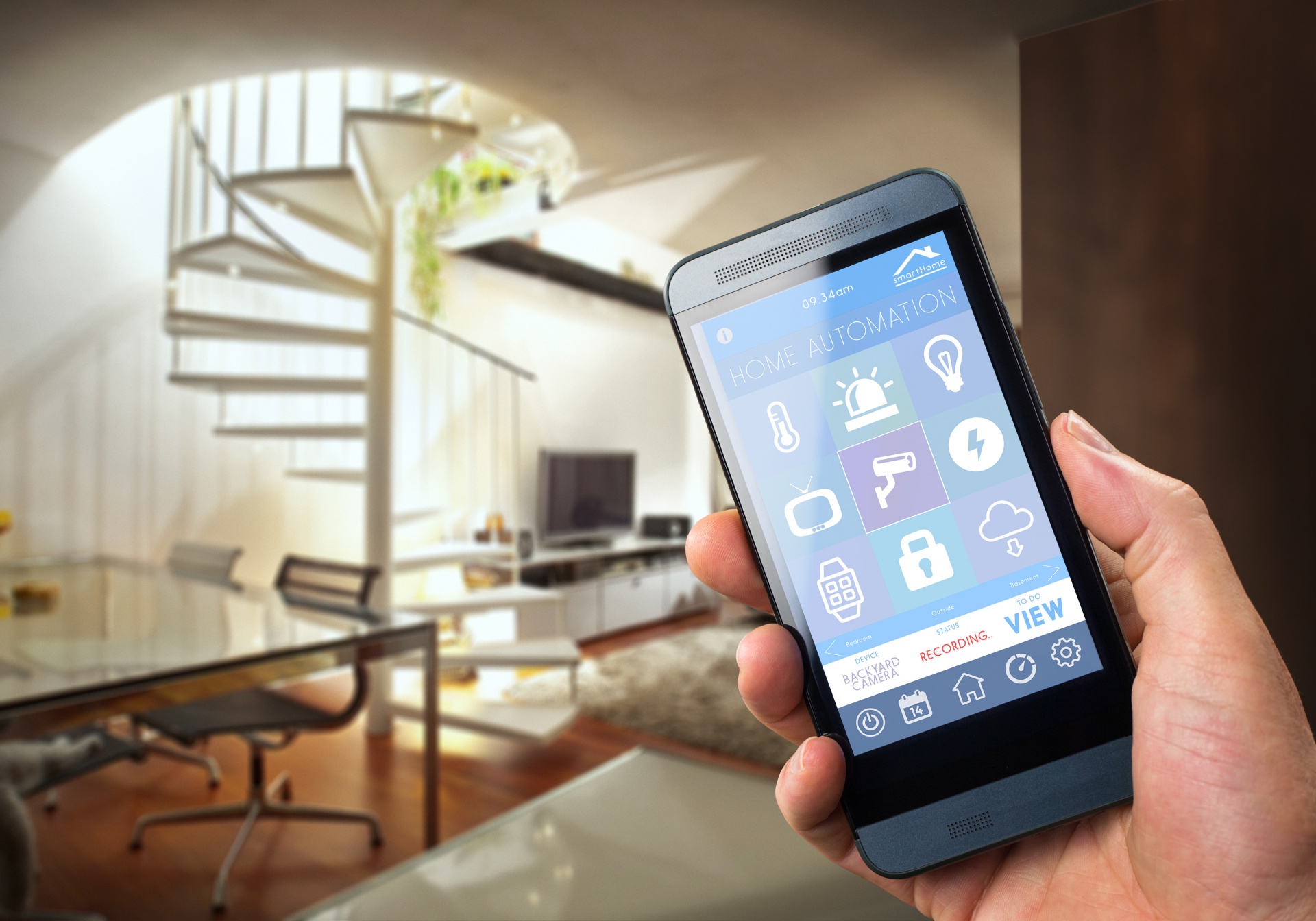
With the growth of technology, the world is becoming a new place. There are different features now that are heavily powered by high technology. These features are not limited to VR and robotics engineering, they extend to IoT in a smart home, smart vehicles, and other features that make use of smart apps. There are different sectors technology has revolutionized through IoT on Suomiarvostelut.
IoT on its own involves every aspect of life. It makes life easier with the modernization it introduces. The transmission of information that it powers has enabled people to convert an endless chain of information into something significant.
Reviews from Valaisin Mestari reveal how IoT has proved efficient in lighting. There are many smart apps that IoT powers. IoT powered these apps by uplifting the technological updates for maximal performance. These revolutionary means have transformed homes, offices, and different public properties.
With IoT, smart Lighting technology has greater chances of effectiveness and development. Already, smart lighting is designed for energy efficiency, security, and convenience. So far, these have required high fixtures and automated controls in the systems.
How Smart Lighting Saves Energy
19% of the world’s energy is what lighting applications require. It uses 6% of greenhouse emissions and through this means, it conserves energy. It enables users and households to control their heating, lighting, cooling, and energy appliances remotely.
How IoT Facilitates Smart Lighting
- It Makes Smart Lighting More Convenient: Already, smart lighting systems brighten dark areas. The lights automatically respond to activities and humans through its intelligence and active sensors. Through IoT, this logic can be made to be more effective. The connection of IoT can also extend the abilities of the smart lighting features.
- Security: The security smart lighting affords us can be better improved through IoT. With IoT, information through voice controls can be processed faster. More importantly, more systems can be integrated for maximum effectiveness.
How Smart Lighting is Controlled
As a means to reduce energy cost and provide security to homes, it uses:
- Smart Sensors: Automatic lights have smart sensors that make them respond automatically to movement and activities. This sensor lets them respond to remote control features. You can control your smart light through your phone even when you are at work.
- Components of a Smart Light System: It often has a complete sensor for the electronic control unit, motion detector, and a controllable switch. You can also use different lighting applications like hybrid, ultrasonic, and infrared for the design of a smart light through IoT.
- Daylight Sensing: With its smart sensors, when it senses the intensity of natural energy, it reduces the consumption of electricity.
- The Occupancy Sensing Feature: This is the means through which smart sensors are further activated. It turns on the light when someone occupies a space. It turns it off when the person exits.
- Ultrasonic: This deals with movement. Ultrasonic devices cover gaps and detect movements to activate light or create a buzz of floodlights for security breaches.
All these are further made to be efficient through the use of IoT. Without the IoT technology, the level of progress smart homes have today wouldn’t have been made.